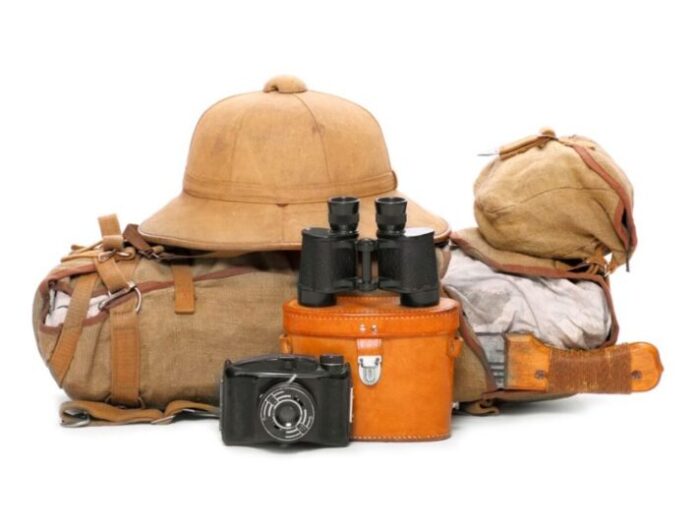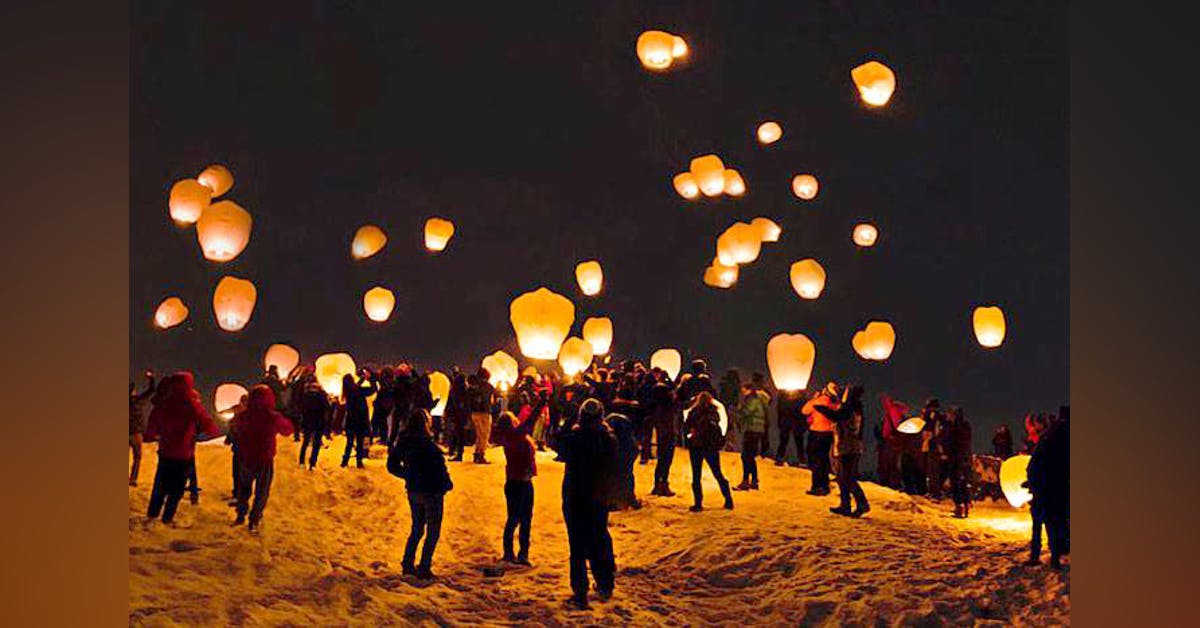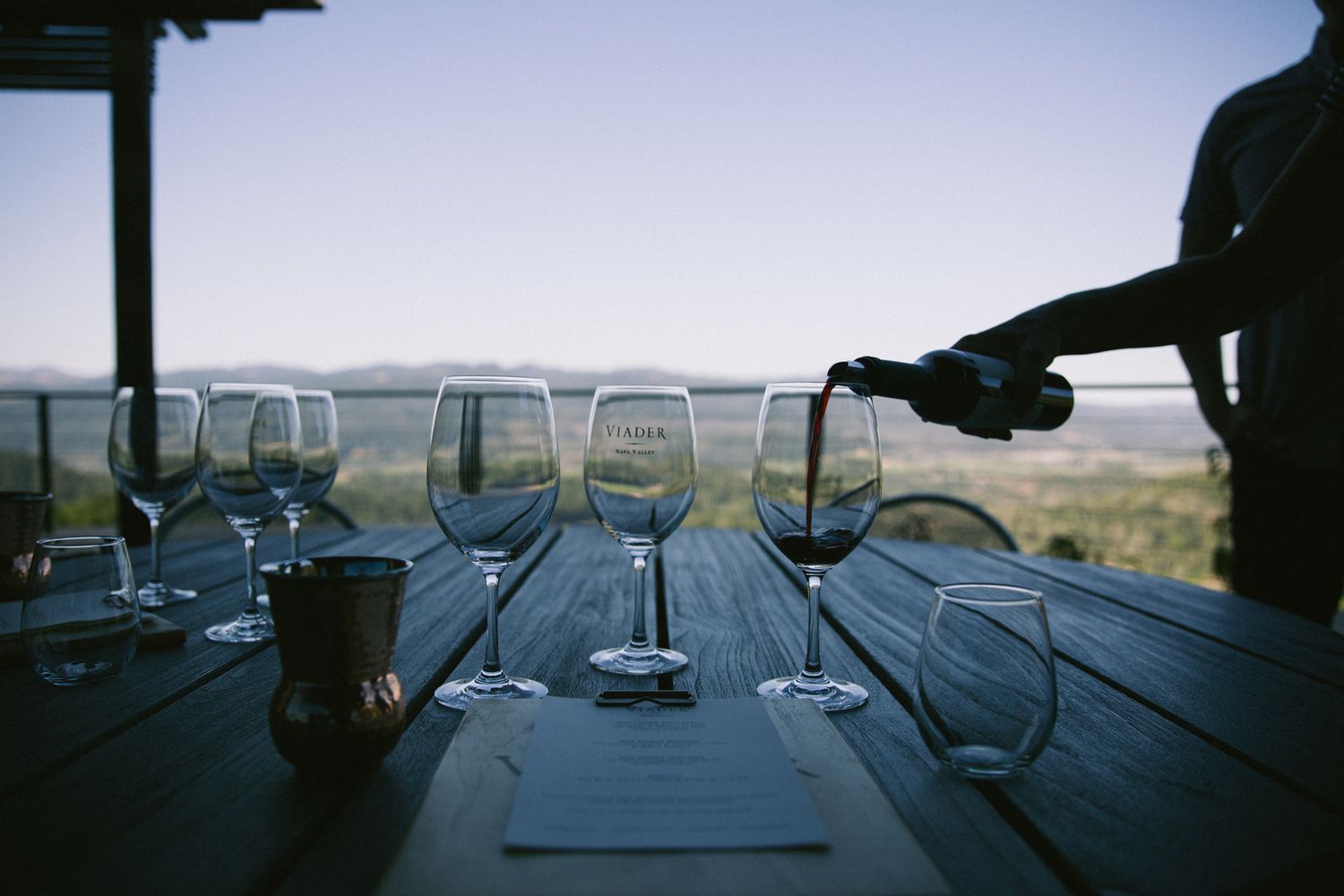7 Best Safari Equipment for 2023
You may have opted to arrange a vacation to Africa in your quest for adventure and the excitement of being near to wildlife and nature. Not only that, but you may have selected the most exciting method to experience the continent – going on Equipment .
The title comes from the Swahili word for voyage, and it truly is a once-in-a-lifetime wildlife excursion. Overland travel across certain parts of Africa allows you to totally immerse yourself in the breathtaking landscapes and become intimate with the landscape.
Although these trips are challenging, you will have a chance to see wildlife in their natural habitat up close, take part in exciting activities, get in touch with nature, and meet tribes along the way and learn about local cultures and their traditions.
However, as amazing as this sounds, one needs to be prepared for such a trip. Even though it is best to just bring what is necessary, there is still a lot of packing to do. From clothing, shoes, equipment, and everything in between, it might be difficult to know everything you might need.
So, here is a list of all the essentials you should bring with you when going on a safari.
What Equipment Should You Bring?
1. An Excellent Camera
You will be closer to the wildlife than ever before, yet you will remain at a safe distance not just for your own protection, but also to avoid disturbing the animals. Even while smartphones today have excellent cameras, they will not be able to provide you with the high-quality images you require. This is why it is essential to carry one with excellent zoom capabilities and perhaps consider packing multiple lenses.
Additionally, if you intend to picture frequently, bring extra batteries, memory cards, and your tripod. On the other side, if you were planning on getting gorgeous aerial photographs, you might be disappointed to learn that most places prohibit the usage of drones.
2. Chargers
Remember to bring chargers for your phone, camera batteries, and any other equipment you may have brought. Packing a power strip may also be beneficial because you will most likely have a restricted number of outlets available. You can check online to see if you’ll need an electrical adapter and bring one with you if so.
3. a pair of binoculars
As previously stated, you will have the opportunity to witness lions, monkeys, leopards, giraffes, cheetahs, zebras, and many more species, but they will be further away from you. And what is the point of coming on a safari if not to get a better look at all of these amazing animals?
This is why you should always bring a pair of binoculars with you, especially if they have a high magnification option. If you don’t already have a pair and aren’t sure what style or brand to obtain, websites like Target Frog provide reviews and a buying guide for any price range and budget.
4. Headlamp/Flashlight
It may get pretty gloomy in the African savanna as night falls. Walking about with a headlamp or flashlight will keep you secure and help you avoid creepy crawlers or, worse, predators. Choose a dependable device with sufficient brightness and light beam distance.
5. Ziplock Bags/A Waterproof Bag
The use of one is primarily determined by the country you are visiting, the type of safari you are on, and, of course, the season. However, it never hurts to have a couple ziplock bags on hand in case you need to safeguard your phone, documents, money, or anything else that isn’t waterproof. Equipment to Auto Covers UK, some people use car seat covers to safeguard their automobiles from water damage.
6. A Minimalist First-Aid Kit
It is usually a good idea to include first-aid supplies on any trip, but it may be especially critical while travelling on a safari. Bring bug repellent, bandages, antiseptic spray, gauze, anti-malaria and anti-nausea medications, and wet wipes with you.
Of course, you should not leave without enough sunscreen to last the duration of your journey.
7. A Practical Guidebook
If you choose to go on a guided tour, your guide will understandably be able to answer all of your questions and teach you many interesting information. On the other hand, it never hurts to have a guidebook with you so you know what kind of animal species to expect and can identify them on your own. The book will also educate you to the culture and traditions of numerous African tribes that you may encounter along the trip.
How About Clothes?
Make the mistake of expecting that visiting Africa entails pleasant sunny days and relaxing mornings or nights. Your choice of clothing will be determined by various aspects, including the country you are visiting, your surroundings, and practicality.
Pack 2 or 3 T-shirts and the same number of blouses or shirts with long sleeves since they provide extra sun protection and protect you from insect bites. Bring one or two pairs of shorts and one or two pairs of pants. A thick jacket is required because mornings and nights might be cool, as well as a Equipment , a light raincoat, and, of course, enough undergarments and socks.
Bring a wide-brimmed hat, sunglasses, and a bandana or scarf to shield yourself from the dust. Hiking or walking shoes, as well as sandals or flip flops, are required.
Choose garments that are long-lasting and in colours that complement the surroundings. Avoid anything that is brightly coloured, as well as white apparel. Black and blue attract insects such as mosquitoes and tsetse flies, whereas camouflage is prohibited in Zimbabwe and is typically worn by poachers or the military.
Conclusion
When packing for your safari excursion, you only need one bag and one carry-on. And, even if it is an activity you are unlikely to love, take your time and ensure you have everything you require. This way, you can be confident that you will have an unforgettable experience and the greatest trip Equipment .
You can also read about: Minecraft medieval house tutorial




Post Comment